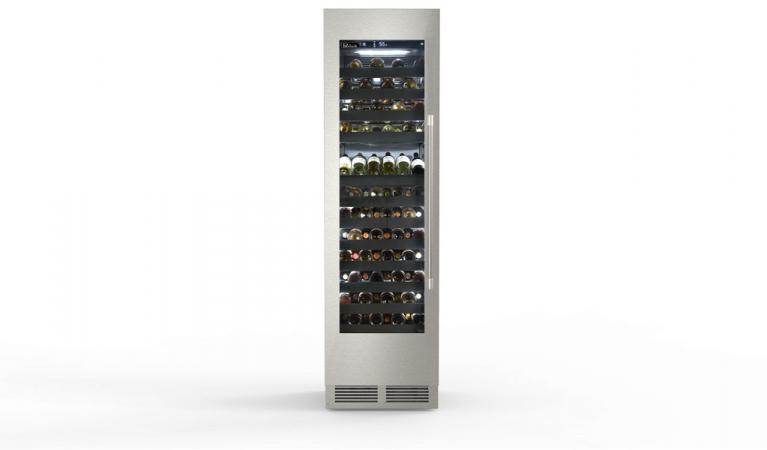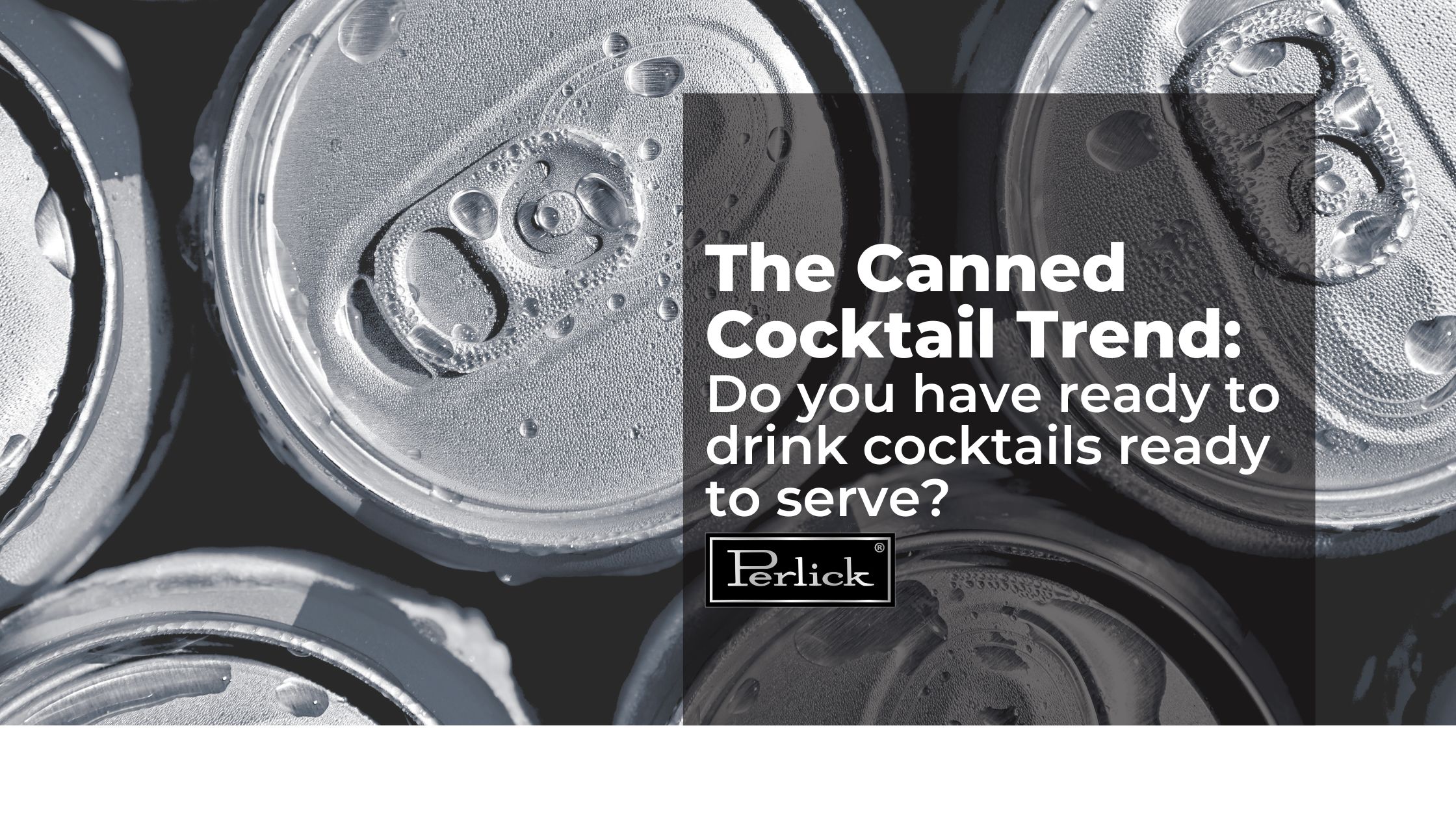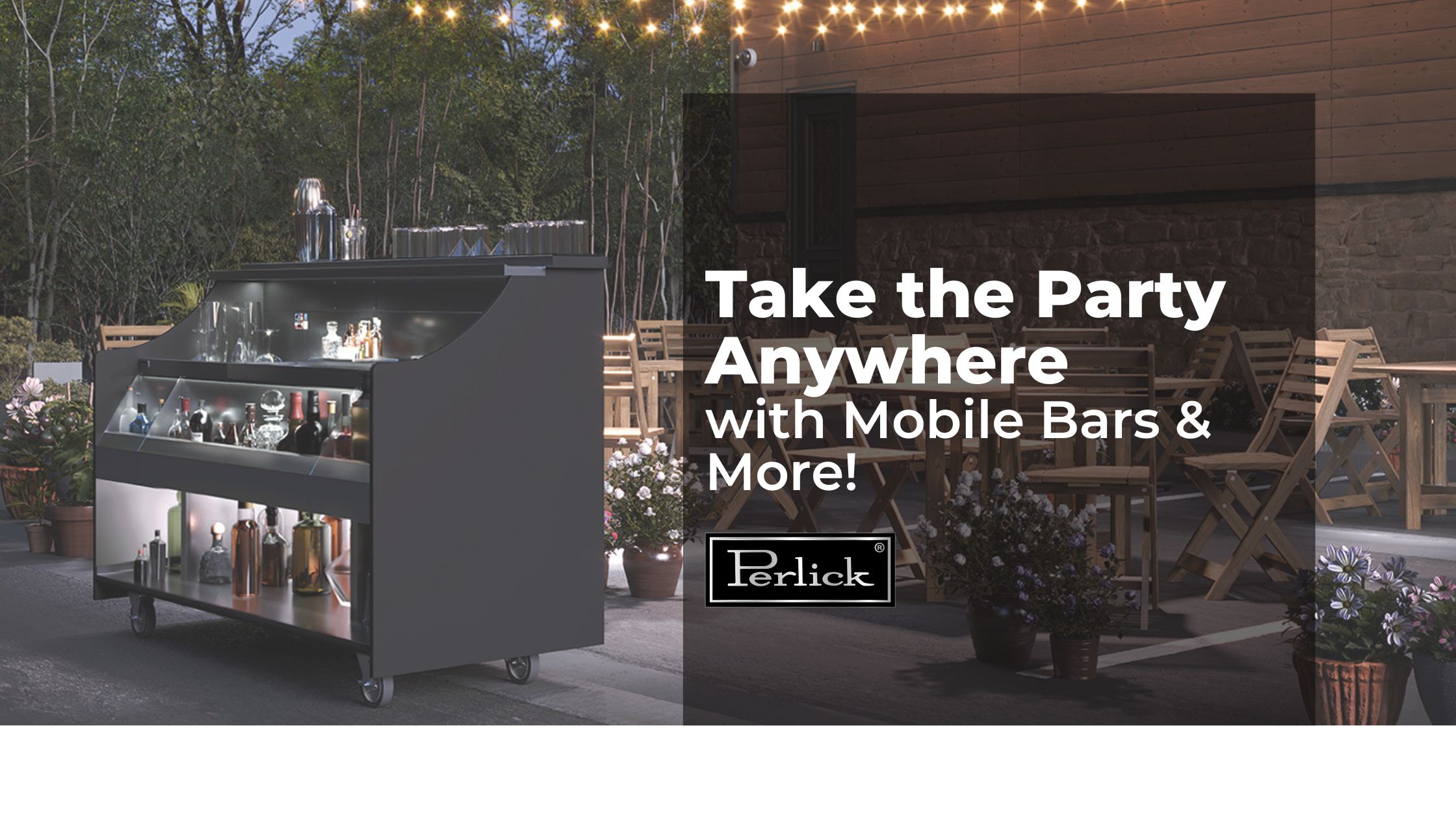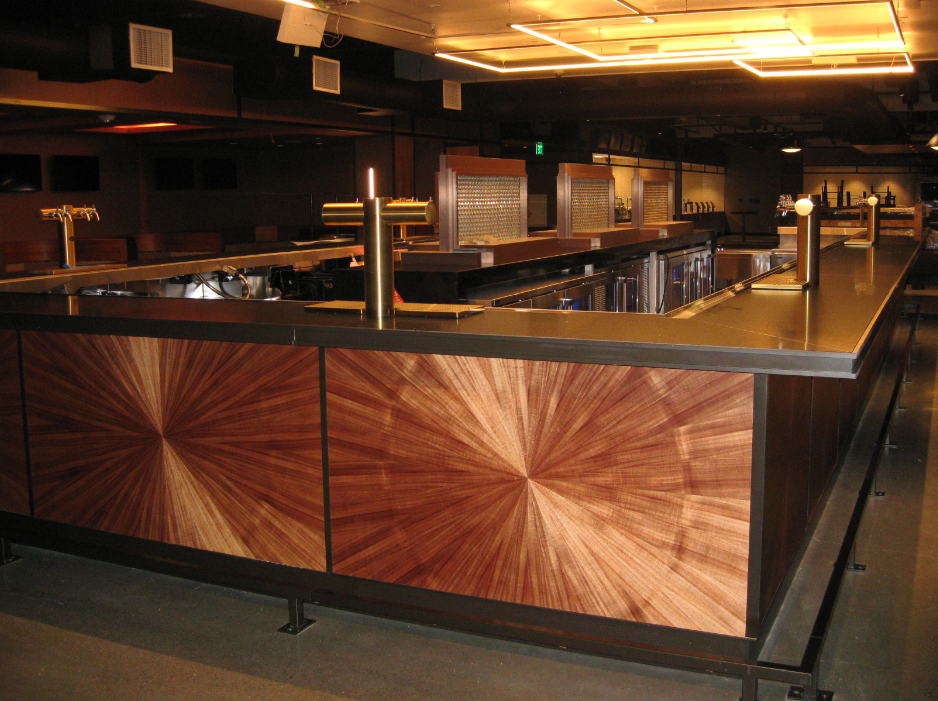Wine is often the most profitable aspect of any food and beverage operation, but that's not the only reason to take good care of it. It's also one of the most delicate.
Storing and serving wine requires a level of detail to deliver the ultimate guest experience, and that level of detail undoubtedly means protecting wine from potential harm.
So what harms wine? How can it be damaged? And what should be controlled in the storage environment?
For starters, think about how wine was traditionally stored in the past, and in many cases, still today. There's a reason we have "wine caves." There's a reason the French word for cellar is cave, and that's because wine was, and is, literally stored in caves.
Why?
It's easy to fight the four enemies of wine in a cave, and those four factors are changing temperatures, dry air, vibrations, and light.
TEMPERATURES
Though serving temperatures vary, the ideal storage temperatures for cellaring wine is around 55 degrees Fahrenheit. This sweet spot, give or take a few degrees, prevents wine from getting too hot or too cold. Even more important is the need to keep the temperature steady. Though you may store white wines at colder temperatures as they're near service, wide temperature swings are something to avoid.
HUMIDITY LEVELS
The second enemy of wine isn't actually the direct enemy. It's more of a cause and effect. When the air gets too dry, corks go bad. When corks go bad, they shrivel and crumble. When they shrivel and crumble, air gets into the wine bottle. And when air gets into the wine bottle, the wine oxidizes and goes bad. Humidity should be held around 75 percent.
VIBRATIONS
One of the amazing features of wine can be its ability to cellar, or age. This requires time, and when that time is disrupted by small vibrations or shakes, wine can become unsettled and the cork can shift inside the bottle. This increases the chance for oxidations.
LIGHT
The final enemy of wine is light. When bright, ultraviolet light penetrates a glass wine bottle, it can damage the wine. Light-bodied wines are typically more at risk from light damage, as are the wines packaged in clear glass bottles.
So how can you protect your wine while saving space?
 As many restaurateurs and beverage managers know, space is almost always limited in a foodservice operation. At the same time, a full and robust wine list requires a dedicated area for storage. That's where the Wine Column Refrigerator can help.
As many restaurateurs and beverage managers know, space is almost always limited in a foodservice operation. At the same time, a full and robust wine list requires a dedicated area for storage. That's where the Wine Column Refrigerator can help.
In just a two-foot by two-foot footprint, Perlick's Wine Column Refrigerator takes storage to a new level, 84 inches tall, as a matter of fact. It's a space-saver that can hold up to 99 bottles of wine at a single time, while also fighting the four enemies of wine mentioned above.
The Perlick Wine Column Refrigerator's high quality performance means temperatures will always be held at precise degrees, whether storage is for serving reds, whites, or even dual zone configurations. Humidity controls ensure corks will not dry out, and heavy-duty, full-extension shelves are dipped in black polymer to protect wine from vibrations. And while the cabinet is protected from unwanted light, it also contains LED lighting that can change from white to vibrant blue with the touch of a button.








